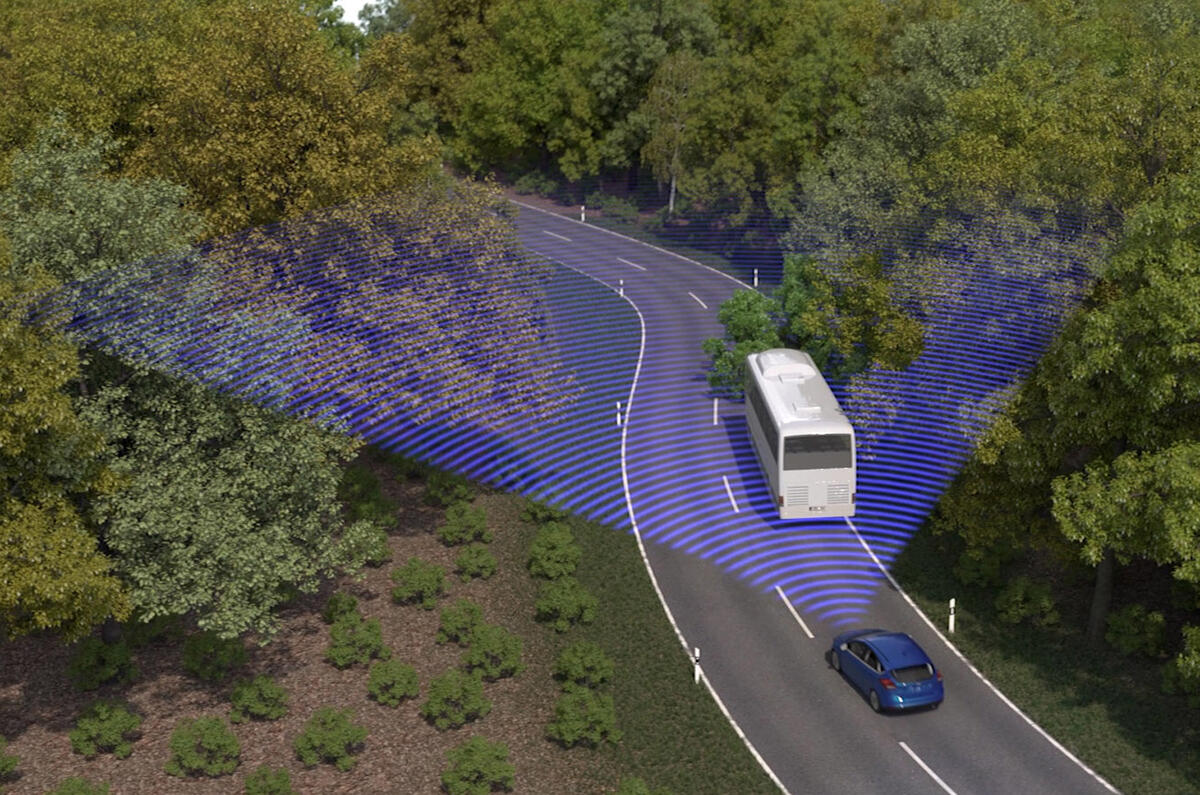Ford is currently working on a system that speeds up the steering in an emergency if there isn’t enough room for the car to avoid a collision under braking alone.
The system is called ‘evasive steering assist’, and activates in a similar way to autonomous emergency braking (AEB), by using radar and a camera to detect the car’s rate of deceleration in relation to the car in front, deciding if there is enough room for the car to stop in time and avoid a collision, and then quickening the steering to allow the driver to swerve out of the way more easily.
Read more: Ford announces joint autonomous push with JLR, Tata
Evasive steering assist only intervenes if the driver decides to take evasive action, meaning that unlike automatic emergency braking systems, the car will not act of its own accord.
Ford’s automatic driving and brake controls technical expert, Peter Zegelaar, explained: “As soon as the driver tries to steer around a slower car in an emergency, evasive steering assist activates to help execute the evasive manoeuvre by making it easier to perform quick steering movements.”
Ford insists that self-drive tech won't kill the driver's car. Read it here
Ford is also developing a system designed to stop drivers entering the motorway in the wrong direction; essentially a development of traffic sign recognition systems already in many vehicles. Another extension of this system is being worked on by Ford, which will alter the width of the headlight beam at junctions and roundabouts, in reaction to traffic signs.
Ford today announced a spate of technological developments of this kind, including its own cross traffic alert system – an application which alerts the driver of approaching traffic when they're reversing that they may not be able to see. There's also enhanced active park assist, which parks the car autonomously, meaning the driver does not need to touch any controls when parking.





Join the debate
Add your comment
Most people, in an emergency,
Must be good sensors